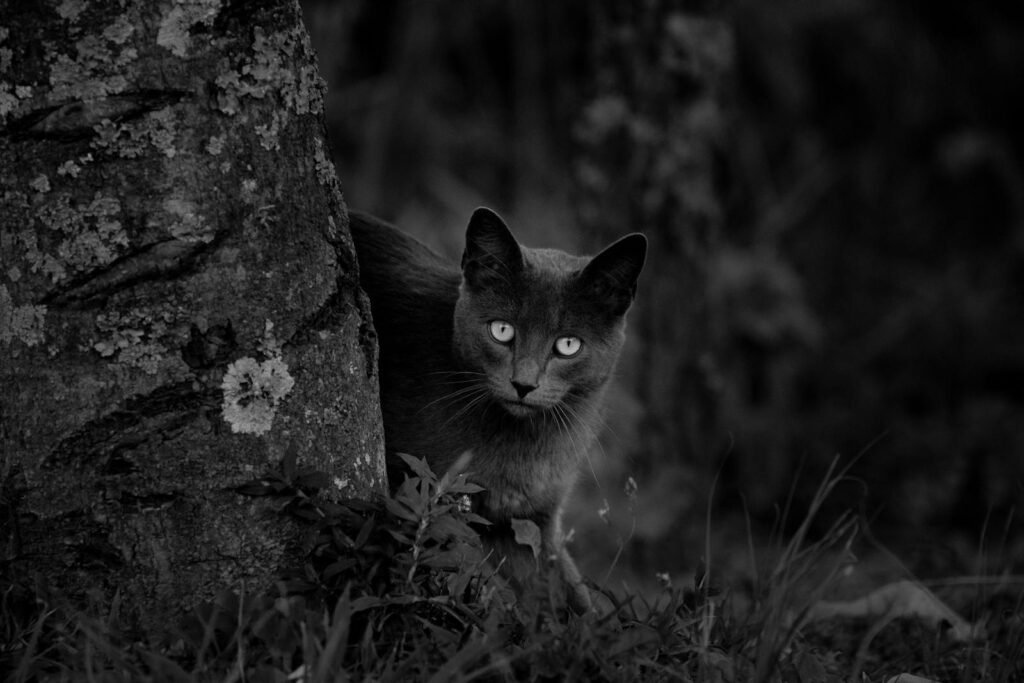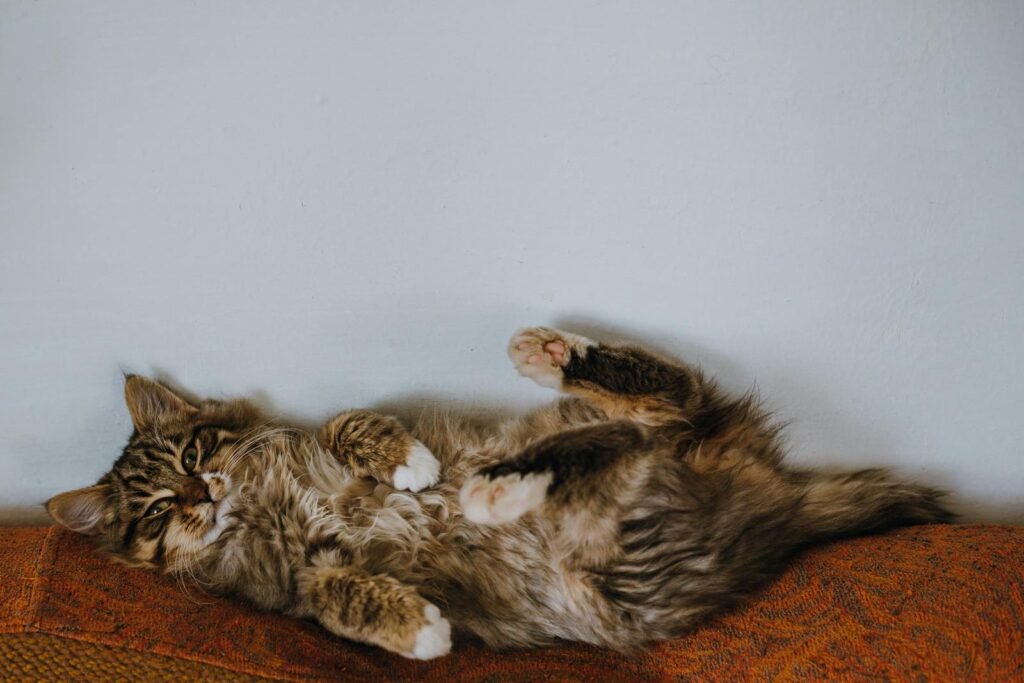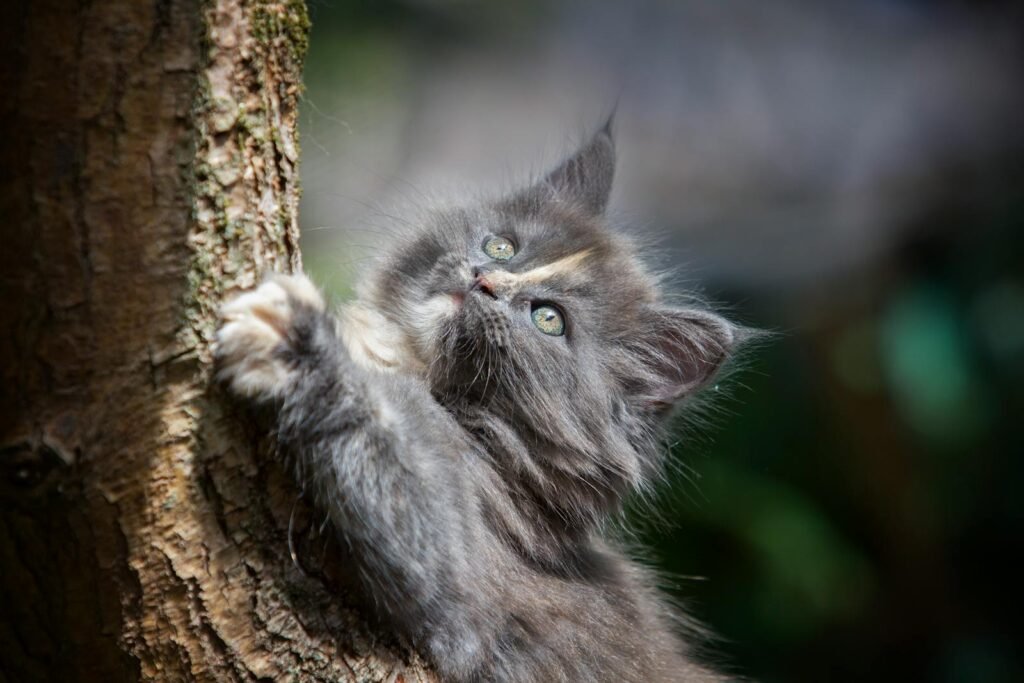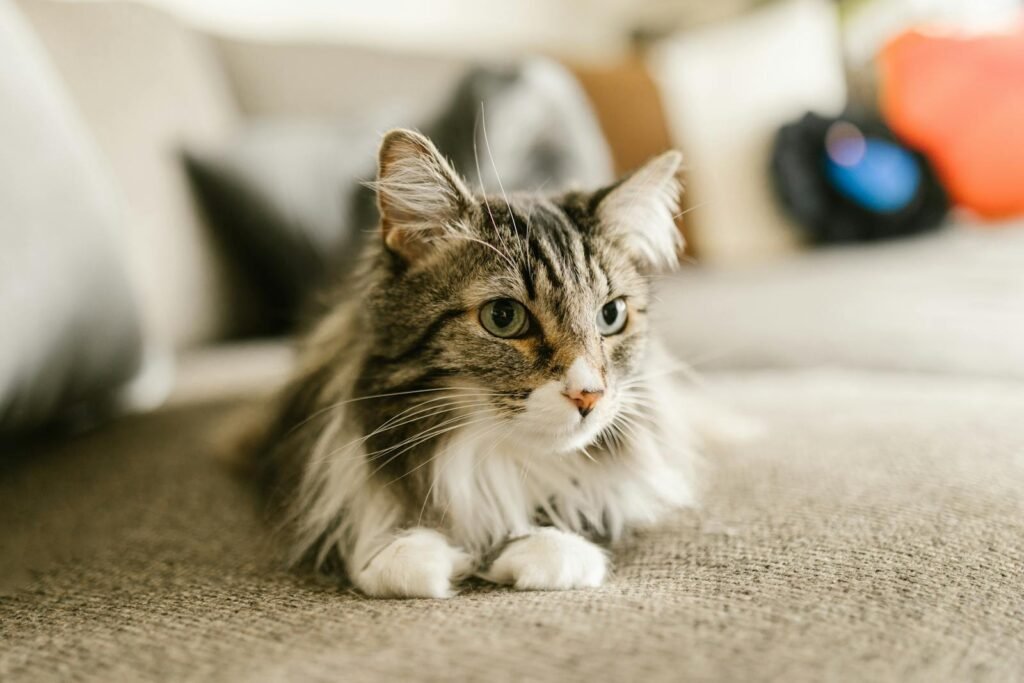For many cat lovers who suffer from allergies, the possibility of owning a feline without the hassle of sneezing, itching, and watery eyes is a dream come true. This dream often leads them to the concept of hypoallergenic cat breeds. But what does “hypoallergenic” really mean, and are there truly breeds that fit this description?
The Allergen Culprit: Fel d 1 Protein

Cats produce a protein called Fel d 1, which is the main allergen affecting humans. It is found in a cat’s skin, saliva, and urine. When cats groom themselves, they spread this protein across their fur. Once the saliva dries, the protein can become airborne, easily triggering allergic reactions in susceptible individuals.
Hypoallergenic vs. Non-Allergenic: Clarifying the Terms

The term “hypoallergenic” doesn’t imply that a cat will not cause any allergic reactions. Instead, it suggests that a pet may produce fewer allergens compared to other breeds. Unfortunately, there is no such thing as a completely non-allergenic cat breed; at best, some breeds might be less likely to trigger severe reactions.
Breeds Often Marketed as Hypoallergenic

Certain cat breeds are often marketed as hypoallergenic due to their supposedly lower levels of the Fel d 1 protein. These include the Siberian, Balinese, Bengal, Russian Blue, and Devon Rex, among others. Prospective cat owners often turn to these breeds in hopes of finding a more tolerable pet experience.
The Science Behind Hypoallergenic Claims

Research into hypoallergenic cats remains limited, and conclusions are often anecdotal rather than based on large-scale studies. Some studies suggest Siberians, for example, produce less Fel d 1 than other breeds, but results can vary widely even within a single breed.
Factors Affecting Allergen Levels

Beyond breed, several factors can influence the amount of allergens a cat produces. These can include the cat’s gender, with males typically producing more allergens than females, particularly non-neutered males. Age, weight, and personal grooming habits can also play a significant role.
Strategies for Living with Cat Allergies

Even if one opts for a breed labeled as hypoallergenic, managing allergies effectively might require additional measures. Regular grooming, air purifiers, and keeping certain areas of the home cat-free can help minimize allergy symptoms. Additionally, washing hands after petting and maintaining a strict cleaning schedule can be beneficial.
Genetic Engineering and Allergen Reduction

The quest for truly hypoallergenic cats has led to experimental approaches, including genetic engineering. Some companies are researching ways to modify or block the expression of Fel d 1 in cats. While this work is still in its early stages, it might pave the way for future solutions.
Personal Testing Before Adoption

For allergy sufferers considering adopting a hypoallergenic breed, spending time with several cats from that breed before making a decision can provide insights into whether someone’s allergic reaction will be mild or severe. This practical testing period can prevent heartbreak and discomfort down the line.
The Verdict: Myth or Reality?

So, are hypoallergenic cat breeds a myth or reality? The truth lies somewhere in between. While no cat is completely free of allergens, some individuals may find relief with breeds that naturally produce lower levels of the troublesome proteins. However, each allergic reaction is highly individual, and what works for one person might not work for another.
Conclusion: Research and Realistic Expectations

As science moves forward, the understanding of hypoallergenic cats continues to evolve. Whether through selective breeding or genetic advancements, the hope remains that more precise solutions are on the horizon. For now, those with allergies should approach the concept of hypoallergenic cats with realistic expectations and a thorough investigative effort.






